- Home
- Foot & Ankle Conditions
- Toenails Conditions
- Onychogryphosis (ram's horn nail)
Onychogryphosis (ram's horn nail)
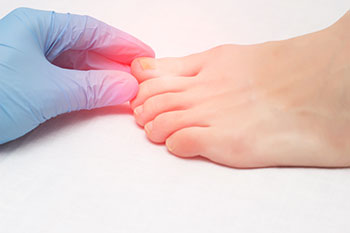
What is onychogryphosis?
A type of nail dystrophy, onychogryphosis is the rampant growth of the toenails — most often the big toe (great toenail). Also called ram’s horn nails, this condition occurs when one or more toenails grow considerably faster than the others. Onychogryphosis describes the claw-like hypertrophy and thickening of the nail plate.
The afflicted nail frequently exhibits discoloration and hardness. The condition is characterized by an opaque, yellow-brown nail plate with elongation and increased curvature. Sometimes, the nail growth curves back into the skin and causes an ingrown toenail.
- What are the causes of onychogryphosis?
- Who is most at risk of developing onychogryphosis?
- Does toenail fungal infection cause onychogryphosis?
- What is the differential diagnosis for onychogryphosis?
- What is the treatment for onychogryphosis?
- What are surgical treatments for onychogryphosis?
- What is the outcome of onychogryphosis treatment?
- Can you prevent onychogryphosis?
- Why trust UFAI for your onychogryphosis treatment?
-
Dr. Gina Nalbandian specializes in reconstructive and revisional foot and ankle surgery, foot and ankle trauma, sports medicine, lapiplasty, and limb salvage.
While an undergrad, Gina volunteered at free clinics, hospitals and with the AIDS Project in Los Angeles, all the while exploring various careers in medicine. She also conducted and published her research in the lab on campus. “I soon found out that the lab life wasn’t for me, and I wanted a more hands-on approach to medicine,” she says.
Dr. Nalbandian did her residency at St. Elizabeth’s Medical Center in Boston, which is affiliated with Tufts University. As a resident, she served an academic coordinator and chief resident.
A resident of Sherman Oaks, Gina continues to volunteer her expertise with the Special Olympics, Happy Feet (providing foot care at homeless shelters), and the Boston Marathon.
 Dr. Franson is the only podiatrist I will see. He is so personable and such a caring doctor. I always feel like he makes time f...Nic W.
Dr. Franson is the only podiatrist I will see. He is so personable and such a caring doctor. I always feel like he makes time f...Nic W. Overall, it was a great experience. I've been coming to Dr. Kellman for about a year and he and his staff are very helpful.Vanessa W.
Overall, it was a great experience. I've been coming to Dr. Kellman for about a year and he and his staff are very helpful.Vanessa W. ExcellentDebasish M.
ExcellentDebasish M. Everyone was friendly and professional.Victor L.
Everyone was friendly and professional.Victor L. Very efficient and an excellent serviceHorwitz J.
Very efficient and an excellent serviceHorwitz J. Chaos in the office checkin. We weren’t forewarned about the iPad data collection. That made me late for a following appointmen...Carl C.
Chaos in the office checkin. We weren’t forewarned about the iPad data collection. That made me late for a following appointmen...Carl C. Dr Nalbandian is an exceptional doctor and person. The staff respectfully & compently delt with an issue I had regarding a prev...Karen M.
Dr Nalbandian is an exceptional doctor and person. The staff respectfully & compently delt with an issue I had regarding a prev...Karen M. The entire staff and Dr. Franson are exceptional. Everyone is professional, courteous, and provide excellent care. Great office...Violet R.
The entire staff and Dr. Franson are exceptional. Everyone is professional, courteous, and provide excellent care. Great office...Violet R. Visiting the office is a pleasurable occurance.Thomas J.
Visiting the office is a pleasurable occurance.Thomas J. Excellent Service. Professional Demeanor. Short Waiting Room Times. Lovely Reception Personnel. Will cure what ails you.Shelly H.
Excellent Service. Professional Demeanor. Short Waiting Room Times. Lovely Reception Personnel. Will cure what ails you.Shelly H. Dr Kelman and his staff are always wonderfully caring and respectful to my father who has Alzheimer's dementia.Erland E.
Dr Kelman and his staff are always wonderfully caring and respectful to my father who has Alzheimer's dementia.Erland E. Thank you for being there for your patients.Dieter B.
Thank you for being there for your patients.Dieter B.
-
 Listen Now
Beat the 6 Most Common Walking Pains
Read More
Listen Now
Beat the 6 Most Common Walking Pains
Read More
-
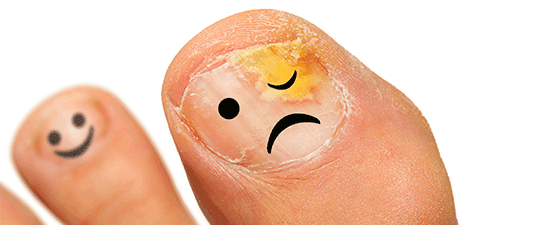 Listen Now
What To Do When Your Toenail Is Falling Off
Read More
Listen Now
What To Do When Your Toenail Is Falling Off
Read More
-
 Training for a Marathon? 4 ways to avoid foot pain
Read More
Training for a Marathon? 4 ways to avoid foot pain
Read More
-
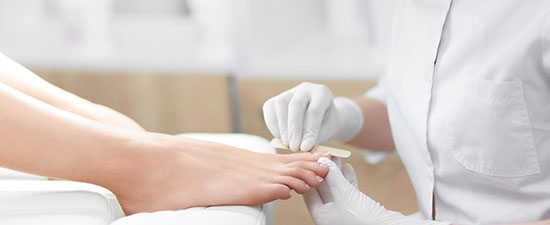 A Podiatrist Tells Us What to Look for (AND AVOID) when Getting a Pedicure
Read More
A Podiatrist Tells Us What to Look for (AND AVOID) when Getting a Pedicure
Read More
-
 Treating Athlete’s Foot with Garlic? Prepare to Be Burned, Literally!
Read More
Treating Athlete’s Foot with Garlic? Prepare to Be Burned, Literally!
Read More
-
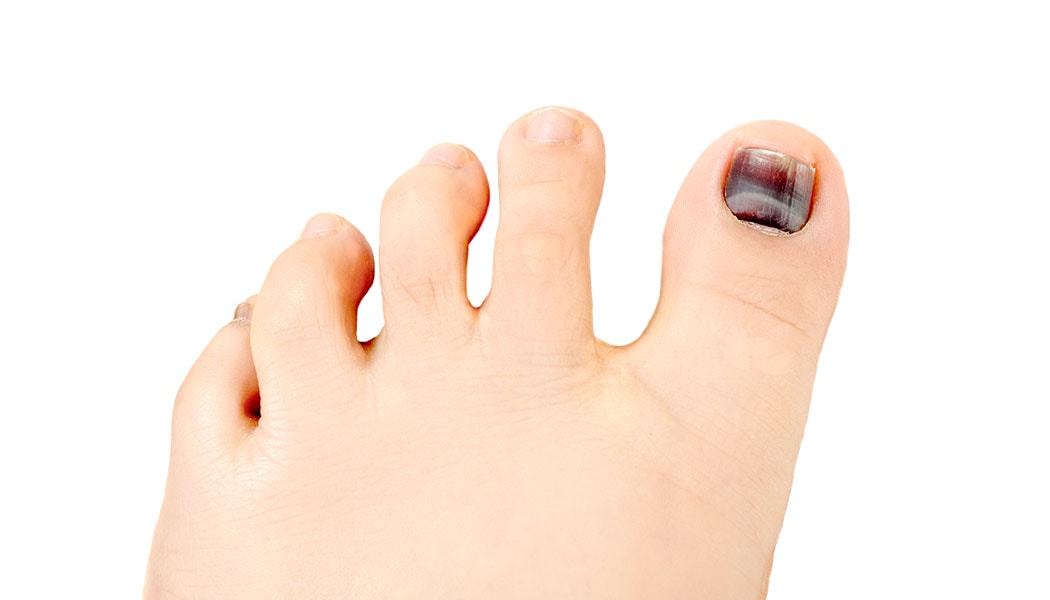 Listen Now
What Causes a Black Toenail? Should You Be Worried?
Read More
Listen Now
What Causes a Black Toenail? Should You Be Worried?
Read More
-
 Foot Injuries in Kids: What to look for
Read More
Foot Injuries in Kids: What to look for
Read More
-
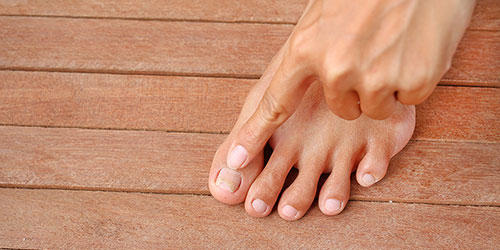 Listen Now
Paronychia: Treating and Avoiding Annoying Nail Infections
Read More
Listen Now
Paronychia: Treating and Avoiding Annoying Nail Infections
Read More
-
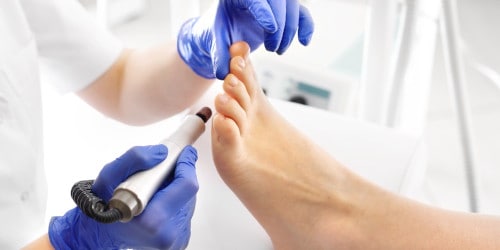 Listen Now
Medical Pedicures: What Are They and Do I Need One?
Read More
Listen Now
Medical Pedicures: What Are They and Do I Need One?
Read More
-
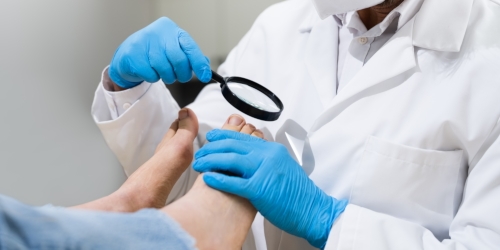 Listen Now
When to See a Doctor for an Ingrown Toenail
Read More
Listen Now
When to See a Doctor for an Ingrown Toenail
Read More










